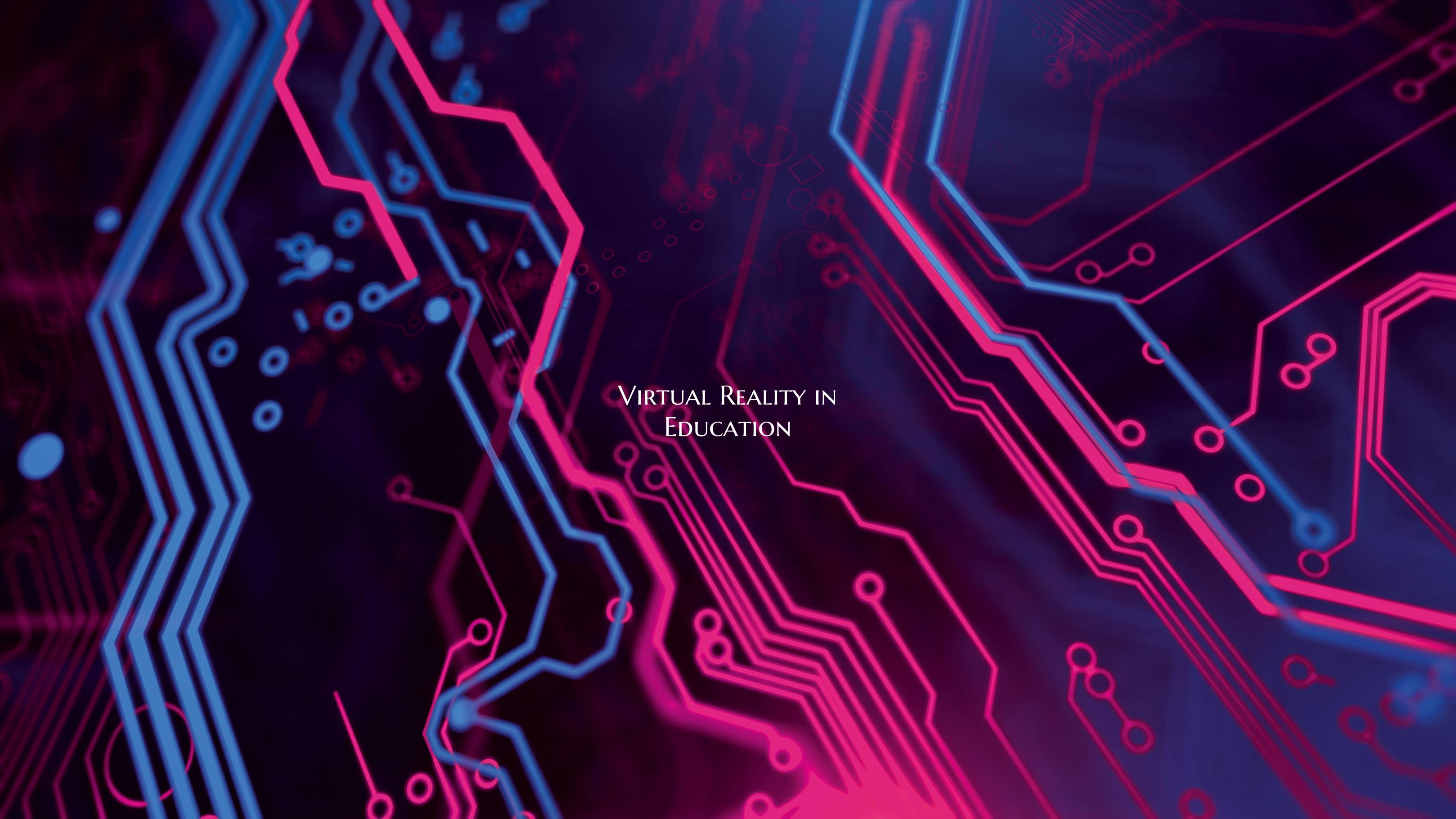Virtual Reality in Education
Introduction: Virtual Reality (VR) technology has emerged as a powerful tool that is revolutionizing various industries, including education. By creating immersive and interactive virtual environments, VR has the potential to transform traditional educational practices, offering new ways of learning that are engaging, interactive, and effective. In this article, we will explore the various applications and benefits of using VR in education.
1. Enhanced Learning Experiences: One of the key benefits of integrating virtual reality into education is the ability to provide students with immersive learning experiences. Through VR simulations, students are not limited by the confines of a classroom or textbook. They can explore historical sites, travel to outer space, or dive into the depths of the ocean, all from the comfort of their classroom. This interactive and experiential learning approach can significantly enhance students' understanding and retention of complex concepts.
2. Engagement and Motivation: Traditional teaching methods often struggle to capture and maintain students' attention. VR in education offers a novel and exciting way to engage students by making learning fun and interactive. By gamifying educational content and using interactive simulations, VR can ignite students' curiosity and motivation to learn, ultimately leading to improved academic performance.
3. Accessibility and Inclusivity: Virtual reality technology has the potential to make education more accessible and inclusive for all students. Students with disabilities or those who face geographical or financial barriers can benefit from VR's ability to create customized learning experiences that cater to individual needs. By providing a virtual platform for education, VR can level the playing field and ensure that all students have equal opportunities to learn and succeed.
4. Practical Skill Development: In addition to theoretical knowledge, VR can also be used to develop practical skills in various fields such as healthcare, engineering, and vocational training. Simulations can mimic real-world scenarios, allowing students to practice and refine their skills in a safe and controlled environment. This hands-on approach not only enhances learning outcomes but also prepares students for the challenges they will face in their future careers.
5. Collaborative Learning Environments: Virtual reality can facilitate collaboration and teamwork among students, regardless of their physical location. By creating shared virtual spaces, students can work on projects together, engage in discussions, and exchange ideas in real-time. This collaborative learning approach promotes communication skills, critical thinking, and the ability to work effectively in a team - important skills for the 21st-century workforce.
Conclusion: As technology continues to advance, the integration of virtual reality in education presents endless possibilities for transforming the way we teach and learn. By harnessing the immersive and interactive capabilities of VR technology, educators can create engaging, personalized, and inclusive learning experiences that cater to the diverse needs of modern learners. Virtual reality has the potential to revolutionize education and unlock a new era of innovation and creativity in the learning process.

